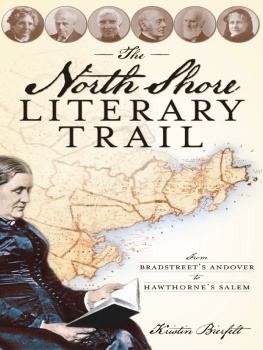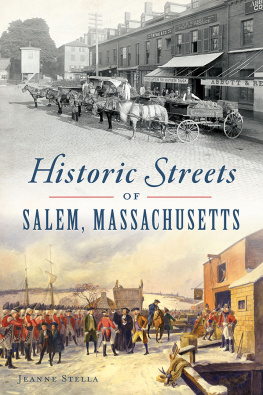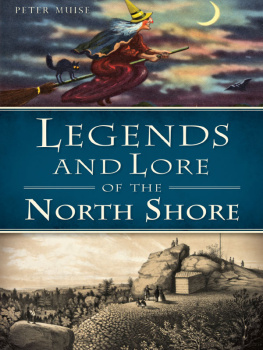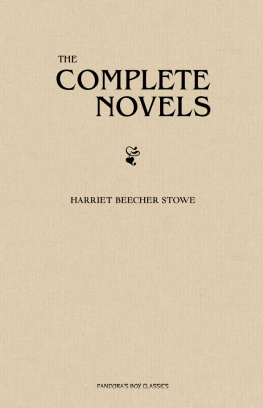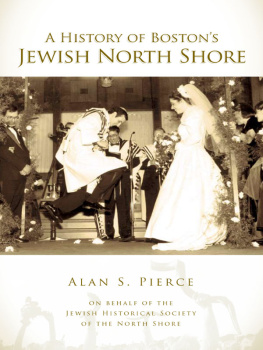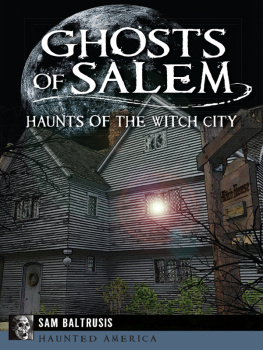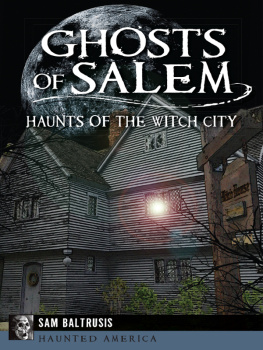

Published by The History Press
Charleston, SC 29403
www.historypress.net
Copyright 2009 by Kristin Bierfelt
All rights reserved
All images are Jeff Steward unless otherwise noted.
Cover design Marshall Hudson and Natasha Momberger
First published 2009
e-book edition 2012
ISBN 978.1.61423.533.0
Library of Congress Cataloging-in-Publication Data
Bierfelt, Kristin.
The North Shore literary trail : from Bradstreets Andover to Hawthornes Salem / Kristin Bierfelt.
p. cm.
Includes bibliographical references and index.
print edition ISBN 978-1-59629-520-9
1. Literary landmarks--Massachusetts--North Shore (Coast)--Guidebooks. 2. Literary landmarks--Massachusetts--Boston Region--Guidebooks. 3. Authors, American--Homes and haunts--Massachusetts--North Shore (Coast) 4. Authors, American--Homes and haunts--Massachusetts--Boston Region. 5. American literature--Massachusetts--North Shore (Coast)--History and criticism. 6. American literature--Massachusetts--Boston Region--History and criticism. 7. North Shore (Mass. : Coast)--History, Local. 8. North Shore (Mass. : Coast)--Intellectual life. 9. Boston Region (Mass.)--History, Local. 10. Boston Region (Mass.)--Intellectual life. I. Title.
PS144.N64B54 2009
810.99744--dc22
2008050260
Notice: The information in this book is true and complete to the best of our knowledge. It is offered without guarantee on the part of the author or The History Press. The author and The History Press disclaim all liability in connection with the use of this book.
All rights reserved. No part of this book may be reproduced or transmitted in any form whatsoever without prior written permission from the publisher except in the case of brief quotations embodied in critical articles and reviews.
CONTENTS
PREFACE
Perhaps the best-known and most continuously read author from the North Shore is Nathaniel Hawthorne, hailed by even his ardent critic Edgar Allan Poe as one of the few men of indisputable genius to whom our country has as yet given birth and considered one of the first distinctly Americanrather than British or colonialliterary voices. However, Hawthorne was preceded and is followed by scores of other local voices, from the revolutionary to the quietly influential, from the canonical to the footnote, all of whom contributed a unique piece to the quilt of North Shore arts and culture.
The North Shore of Boston and the Merrimack Valley to the northwest are home to towns where fishermen and antiques shop owners sit side by side at town meetings, where stables and lacrosse fields share borders with working family farms and where former factory towns look to artists and immigrant communities as a way to revitalize architecturally significant downtowns in a postindustrial age.
As different as these towns can be, they are all quintessential New England and share a history that encompasses religious tolerance and social persecution, conflict and cooperation with Native Americans and a resourceful, respectful relationship with the land and sea that even modern residents need to cultivate in order to weather long, northern winters.
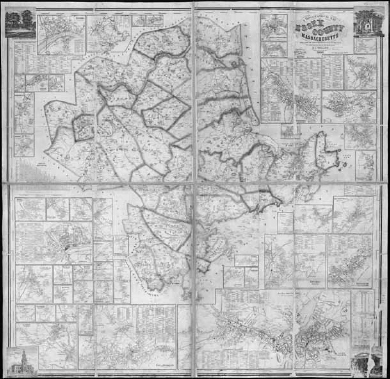
Essex County in 1856, by Henry Francis Walling. Courtesy Norman B. Leventhal Map Center at the Boston Public Library.
Visitors come to soak up the early American history. Pioneering settlers moved north to expand the borders of the Massachusetts Bay Colony; some of their homes still stand in towns like Ipswich. The witch hysteria that gripped Salem in 1692 continues to fascinate, making that modern-day city one of the most popular destinations in New England and fueling scholars research, as well as novelists imaginations, ever since. The story of the United States transition from farming to manufacturing is told over and over again in the architecture of Merrimack Valley townsmassive former mills that drew young women away from farm life in the early 1800s but now sit empty or await transformation into modern office buildings and apartments. The incomparable landscape also beckons. From leisurely rowing along the Essex River to the rough waters faced by Gloucester fishermen, northeastern Massachusetts is shaped by the sea.
The regions many architectural highlights add to the spirit of living, working and playing on the North Shore. Ipswich contains more First Period (approximately 1626 through 1725) houses than any other town in the countryand more than half of all that still exist in the country. Lowell and Lawrence are both industrial boomtowns that are transforming former textile mills into cutting-edge artists lofts while making room for a growing Caribbean and Central and South American community. The Federal-era mansions in downtown Salem speak to that towns years of being a leading seaport and home base for many merchant captains. The winding streets and narrow alleys of Marblehead are anything but cookie-cutter, and they fuel the imagination with ideas of what life may have been like in these villages when streets were built to accommodate horses and buggies rather than trucks and buses.
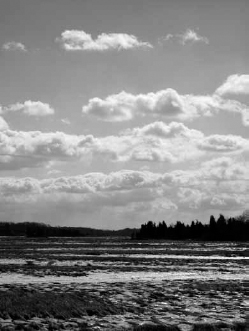
February skies over a frozen Ipswich salt marsh. Rachel Rowe.
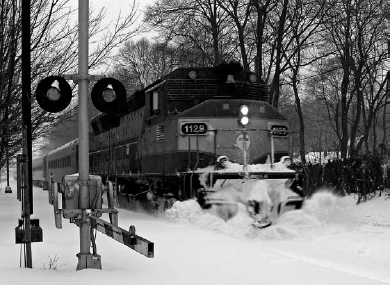
A commuter rail train pulling in to the Montserrat stop in Beverly. Brian Lewandowski, bglewandowski.com.
And while Boston and Concord to the south may claim higher name recognition for their native authors, essayists and poets, the North Shore and Merrimack Valley have a rich literary history waiting to be discovered. Whether youre planning a literary-themed cultural outing or just want to take closer note of local landmarks in your hometown, this book will uncover the North Shores hidden literary history, as well as put its biggest luminaries in context.
In some cases, you can visit the very homes where some of our nations most important early authors were born and raised, such as the John Greenleaf Whittier Homestead in Haverhill and Nathaniel Hawthornes birthplace at the House of the Seven Gables museum in Salem. Other authors, such as Anne Bradstreet in the seventeenth century, passed through the North Shore and left little but their influence and legacy behind.
There is also a generation gap in this guide. Few authors who were active in the early part of the twentieth century are included in these pages, and this is in part because of the cycle of history. Authors who were extremely popular in their time are often forgotten as the generation who first read them passes on, and they are not rediscovered until scholars begin to understand their writing as part of a bigger picture. With the notable exception of John Greenleaf Whittierwho was still alive and working while various admiration societies were activefew of these historic homes and landmarks were established while writers were still alive. Of the contemporary authors included here, only time will tell if their current homes and haunts will become stops on the next generations tour of local literary history.
Whether retracing an authors footsteps and peering in at her parlor or noticing drastic changes between a town as a poet chronicled it and as it now appears, it is my hope that this guide will open your eyes to the breadth of literary culture that flourishes in northeast Massachusetts, as it has done for more than 350 years.
Next page
